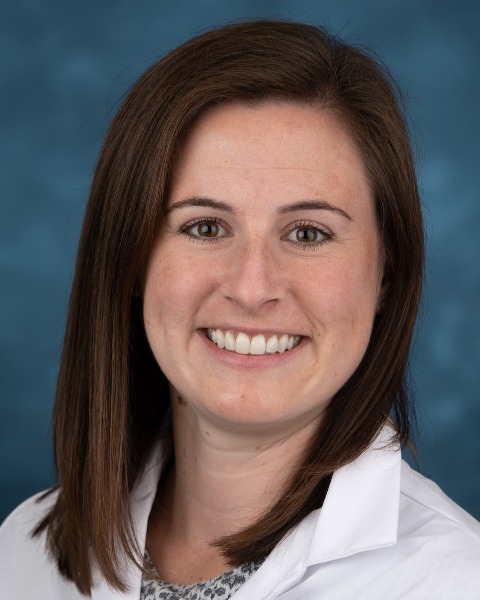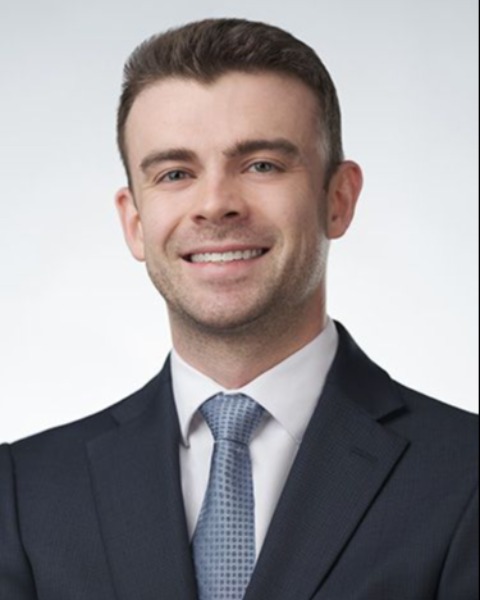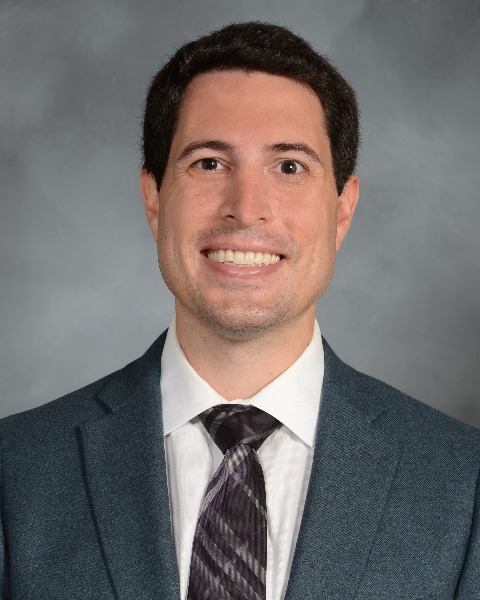Pain Management/MSK
Genicular Nerve Radiofrequency Ablation: Is there a Predictor of Outcomes?

Kaitlin A. Carrato, MD
Resident Physician
MedStar Georgetown University HospitalDisclosure(s): No financial relationships to disclose

Neil K. Jain, DO (he/him/his)
Integrated Interventional Radiology Resident
Medstar Georgetown University Hospital- AE
Alexandra B. Eckert, BA
Medical Student
Georgetown University 
Matthew L. Lamberti, BS
Medical Student
Georgetown University School of Medicine- CS
Camden K. Sutton, BS
Medical Student
Georgetown University School of Medicine - JS
Jonah N. Sens, BS
Medical Student
Georgetown University School of Medicine - KH
Keith M. Horton, MD, FSIR (he/him/his)
Professor of Clinical Radiology
MedStar Washington Hospital Center/ Georgetown University School of Medicine - AK
Arshad A. Khan, MD, FSIR, FACR
Associate Professor of Radiology
MedStar Washington Hospital Center 
Nora Tabori, MD (she/her/hers)
Associate Professor
MedStar Washington Hospital Center- GS
Gajan Sivananthan, MD
Assistant Professor of Radiology
MedStar Washington Hospital Center 
John B. Smirniotopoulos, MD, MS
Assistant Professor of Radiology
MedStar Georgetown University Hospital
Presenting Author(s)
Author/Co-author(s)
Genicular nerve radiofrequency ablation (RFA) has been found to be a safe and effective treatment option for osteoarthritic pain of the knee. The purpose of this study is to evaluate the clinical and demographic factors that may affect outcomes using visual analog scale (VAS) and Western Ontario McMaster Universities Osteoarthritis (WOMAC) pain scale.
Materials and Methods:
A single center, prospective review of all patients who underwent genicular nerve RFA from February 2022 to August 2022 was performed. A multivariate statistical analysis was performed to evaluate whether demographic information, pre- and post-RFA VAS and WOMAC pain scales, BMI, history of prior surgery and history of fibromyalgia had an influence on outcomes.
Results:
A total of 36 patients underwent 47 primary genicular nerve RFA (13 male, 21 female) with an average age of 63.6 years old and mean body mass index (BMI) of 35.2. Patients had a mean baseline VAS of 8.58, mean post-RFA VAS of 5.02, mean baseline WOMAC of 66.6 and mean post-RFA of WOMAC 41. There was an overall statistically significant reduction in VAS (n = 47) and WOMAC (n = 20) pain scores post-RFA (p < 0.0001). A statistically significant reduction in VAS in patients 50 years and older (n = 31) compared to < 50 years old (n = 4) was also observed (p = 0.048). There was no statistically significant difference in VAS or WOMAC reduction between genders, in patients with BMI < 30 compared to ≥30, in patients with history of prior knee surgery or in patients with history of fibromyalgia. Mean length of follow up was 75.5 days.
Conclusion:
In our patient population, genicular nerve RFA lead to a significant reduction in pain, noting a statistically significant difference in outcomes in patients 50 years and older compared to those younger than 50. Gender, BMI, history of prior knee surgery and history of fibromyalgia had no effect on reduction in pain scales. Genicular nerve ablation is an effective modality of treatment of chronic knee pain for a large population of patients.

.png)
.jpg)
.png)
.png)
.png)
.jpg)
.png)
.png)
.jpg)